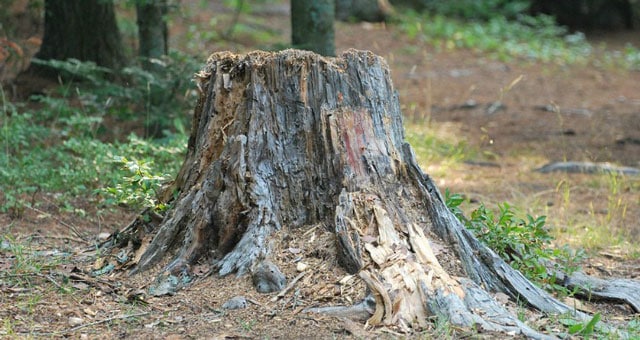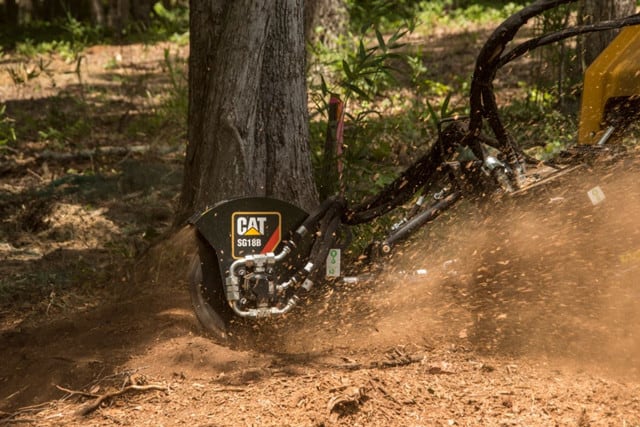Find My Local Expert Terminating Termites by Stump Grinding Termites...
Read More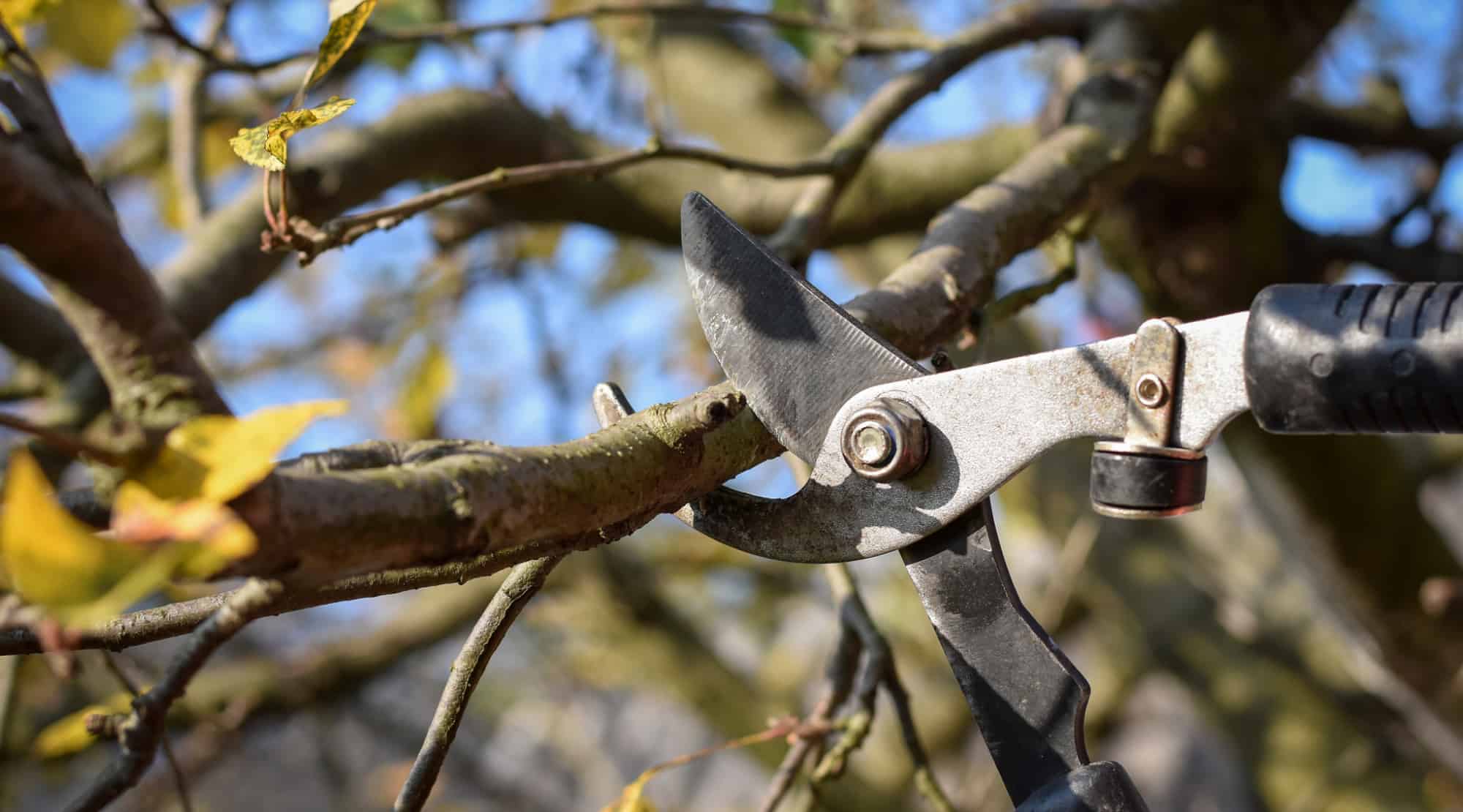
Timing is Key: When to Prune Your Trees for Maximum Health
What is Pruning?
Pruning is the process of selectively removing branches from a tree or shrub. It is a vital aspect of tree maintenance that promotes healthy growth, improves appearance and overall tree health. Regular pruning encourages fruit and flower production, prevents damage from harsh weather, and reduces the risk of disease and pests. When it comes to pruning, it is all about timing, and knowing when to prune is crucial to ensure successful results. In this article, we’ll discuss the ideal time for pruning to help you achieve the best results for your trees and shrubs.
Why Prune Trees?
Pruning is an essential aspect of tree care that provides numerous benefits. Many people think pruning is simply for aesthetic purposes, but there’s more to it than just maintaining the appearance of your trees. Pruning benefits the tree’s health, safety, and resistance to pests and diseases.
#1 Encourages Healthy Growth
Pruning is like a haircut for trees. Just as cutting dead ends promotes healthy hair growth, pruning dead or diseased branches stimulates the growth of healthy branches and buds. By removing unhealthy branches and limbs, you are redirecting the tree’s energy towards new growth and improving its overall health and vitality.
#2 Maintains Desired Shape and Size
As trees grow, they may outgrow their desired shape and size or even become overgrown, which could potentially cause a safety hazard. Proper pruning practices help maintain the tree’s shape and size and restore aesthetic appeal. Additionally, pruning branches that are too close together or rubbing against each other prevents damage and helps in shaping the tree.
#3 Promotes Safety
Over time, trees may develop branches that are weak or damaged, which could fall and cause harm to people or property. Pruning eliminates deadwood and reduces weight on limbs that could be potentially hazardous. Taking care of the dead and diseased branches in a tree ensures that the tree remains healthy and safe.
#4 Resists Diseases, Insects, and Pests
Trees that are not properly pruned are at higher risk of diseases, insects, and pests, leading to an unhealthy tree. By removing dead and diseased branches, you’re increasing the tree’s resistance to disease, insects, and pests. If a tree has a fungal infection, pruning can prevent the disease from spreading and keep the tree healthy.
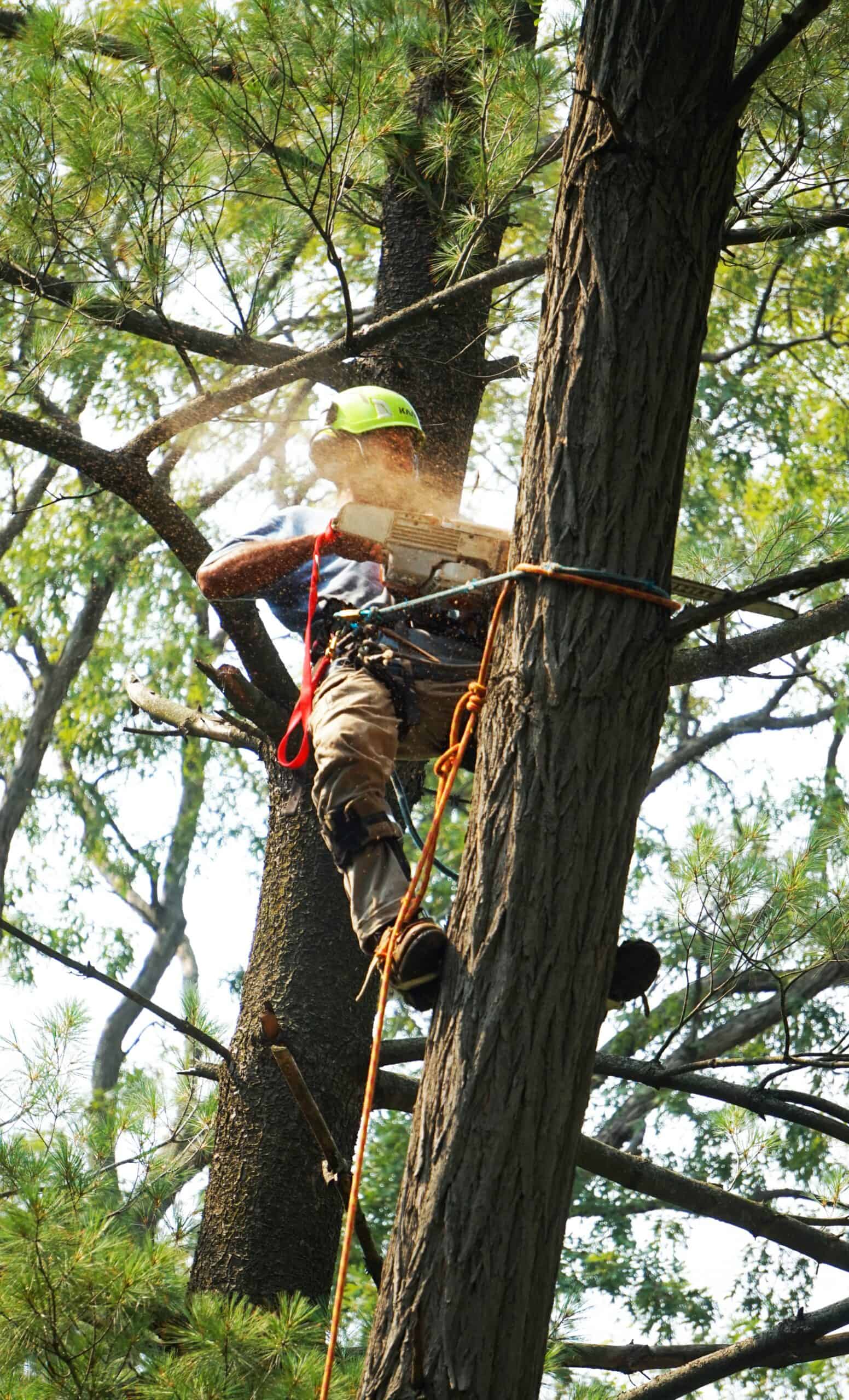
Types of Pruning
Pruning is an essential part of plant care that involves removing unwanted or damaged parts to promote healthy growth and maintain plant health. Depending on the type of plant you have, there are various ways to prune it. In this article, we will discuss different types of pruning techniques and when they should be used to get the best results. Whether you have a fruit tree, deciduous shrubs, or evergreen hedges, a proper pruning technique can help enhance the overall look and health of your plants. So let’s dive in and learn about the various types of pruning!
Dead Branches
Dead Branches: How to Identify and Properly Address Them During Tree Pruning
Identifying dead branches during tree pruning is crucial for the health and safety of your trees. Dead branches can be easily identified by their lack of foliage and brittle texture. These branches can fall off any time and cause harm to people and property. Therefore, it is important to learn how to properly address them.
To remove a dead branch, start by making pruning cuts just outside the branch collar, which is the swollen area at the base of the branch. This allows the tree to heal properly and reduces the risk of decay. Cutting too close to the trunk can cause further damage to the tree, while cutting too far from the branch collar can leave a large wound that may not heal well.
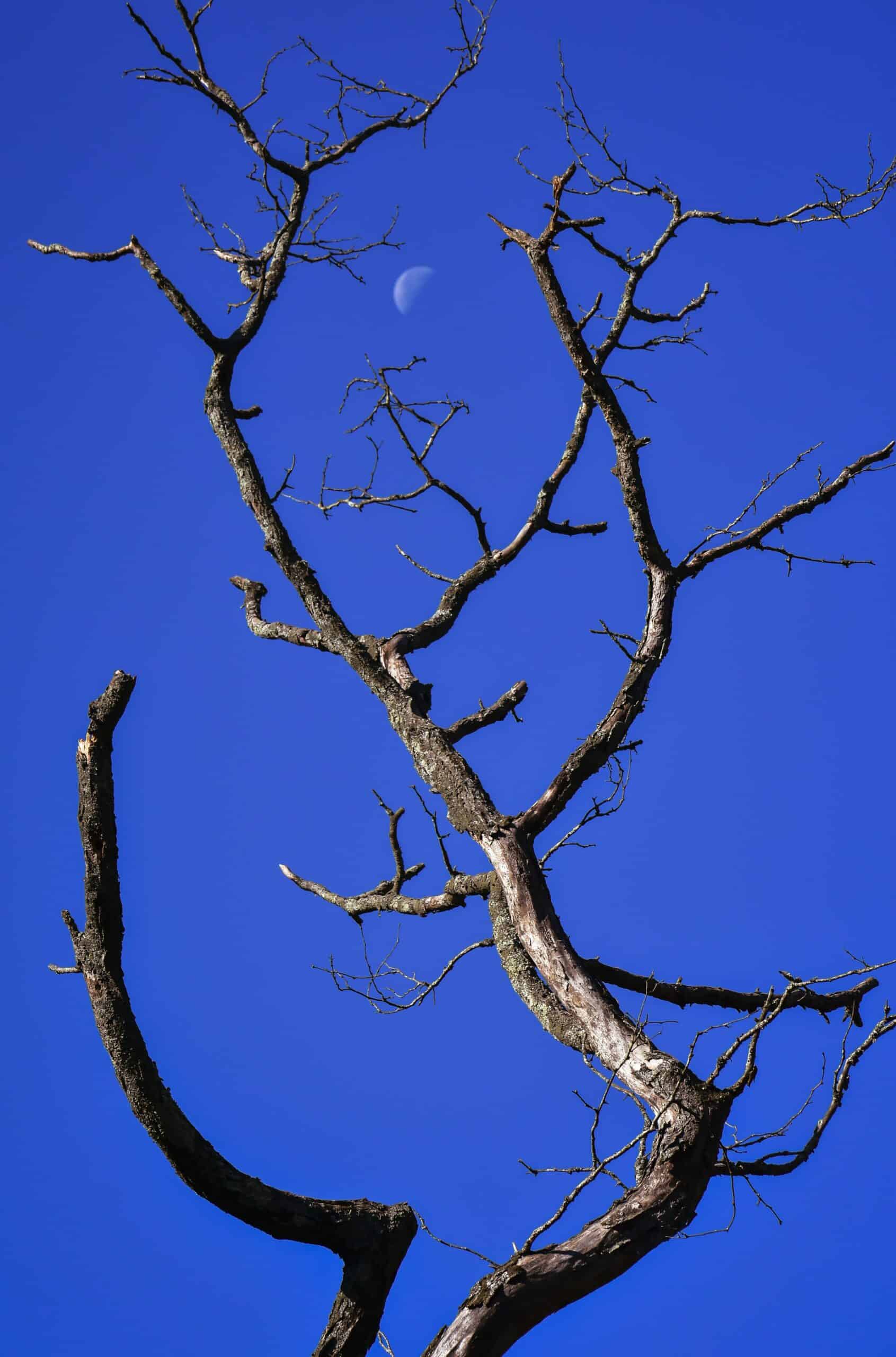
Proper pruning cuts also help prevent the spread of diseases and pests to other parts of the tree. It is important to use sharp and clean tools for removing dead branches. Disinfecting the tools between cuts can also help minimize the risk of spreading diseases.
Diseased Branches
Diseased branches can cause harm to the overall health and safety of a tree. It is important to learn how to identify and remove them to maintain the wellbeing of your trees.
Signs and symptoms of diseased branches can include discoloration, dead or wilted leaves, and oozing sap. If left untreated, these branches can spread diseases and pests to other parts of the tree.
Proper removal techniques are important when removing diseased branches. Sterilizing pruning equipment before and after use can prevent the spread of disease to other healthy parts of the tree. Making pruning cuts just outside the branch collar can promote proper healing and reduce the risk of decay.
By identifying and safely removing diseased branches, you can help maintain the overall health and safety of your trees.
When to Address Overgrowth of Tree Branches
Overgrowth of tree branches can cause safety hazards and limit the amount of sunlight available to your garden. Pruning is essential to prevent these issues from causing problems; here’s how to do it:
#1 Assess the Branches
The first step to address overgrowth of tree branches is to determine the extent of overgrowth by examining the branches. This will help you understand which branches need attention and how much pruning is required.
#2 Use Proper Pruning Tools
Make sure you are using high-quality pruning tools that are well-maintained. This will make it easier to identify and remove any dead or diseased branches without causing undue harm to your tree.
#3 Remove Dead or Diseased Branches
Dead and diseased branches can easily spread infections to healthy parts of the tree. Therefore, it’s best to remove these branches quickly to prevent any further damage. Also, remove any branches that have grown too low or too high.
#4 Trimming Close Branches
Branches that grow too close together can also cause problems. Identify branches that rub or scrape against each other, and prune one of them to prevent damage.
#5 Avoid Excessive Cutting
Don’t cut more than 20-25% of the tree’s canopy at once. Cutting too much can harm the tree, and it may not recover quickly.
Overgrowth of tree branches can be avoided by pruning regularly. With these simple steps, you can help maintain the growth and health of your trees.
Flower Buds and Fruits
If you want to ensure that your fruit trees produce healthy and abundant fruits, pruning is a crucial element that you should pay attention to. Pruning helps to remove any dead or diseased branches that could otherwise harm your trees. When done properly, pruning can also promote the growth of more buds and flowers in the spring.
By cutting back dead and diseased branches, you are allowing your tree to focus its energy on the healthy branches, leading to healthier and stronger buds and fruits. Moreover, pruning helps to open up the tree canopy, allowing for better air circulation, sunlight exposure and space for new growth.
It is important to know when to prune your flowering trees. For example, if your trees bloom in the spring, you should prune them after they have finished flowering so that you do not risk removing the new buds for the next season. In contrast, if your trees bloom in late summer or fall, you can prune in the early spring before new growth begins.
When pruning, make sure you use sharp, clean tools to make precise cuts, ensuring that you do not damage the healthy branches and bark. Pay attention to any signs of pests and diseases, as these can also affect the growth of your tree.
Entire Tree Removal or Severe Pruning
In some situations, trees may need to be removed entirely or undergo severe pruning. This is usually reserved for cases where the tree is damaged beyond repair or poses a threat to nearby property or people.
One sign that a tree may need to be removed is if it has a hollow trunk. This can make the tree unstable and more likely to fall. In addition, significant damage to the main branches can also indicate that the tree may need to be removed. If a significant portion of the tree is dying or decaying, this can also be a sign that removal is necessary.
Severe pruning is another option, but it should only be done after careful consideration and consultation with a professional arborist. Severe pruning involves removing a significant amount of the tree’s branches in order to reduce its size or to remove dead or diseased portions. However, this can be stressful for the tree and may not always be the best option.
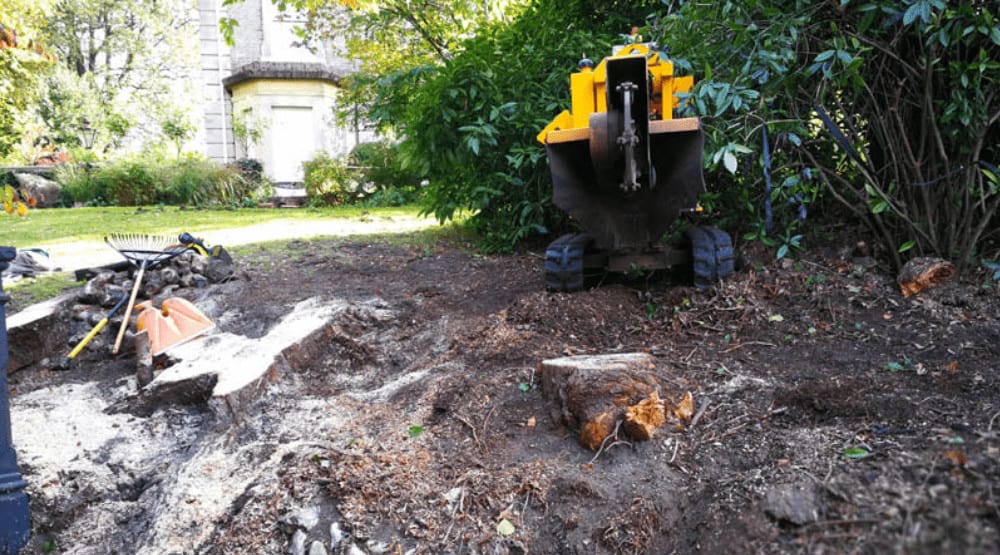
If you are unsure whether your tree needs to be removed or undergo severe pruning, it is important to consult with a professional. An arborist can evaluate the tree’s condition and recommend the best course of action. Properly maintaining your trees can help to prevent the need for severe pruning or removal in the future.
Best Practices When Pruning Trees
When it comes to pruning trees, it’s important to follow some best practices to ensure you’re doing it right. Firstly, determine the purpose of the pruning. Is it to improve the tree’s health, shape, or appearance? Identifying the intended outcome will help guide your pruning approach.
Next, identify the type of pruning required. This could be corrective, formative, light or comprehensive pruning. Each type of pruning requires different techniques so it’s important to do your research before starting.
Make sure you have the right tools for the job, such as pruners, loppers, and a pruning saw. It’s important to have clean and sharp tools to ensure a proper cut. Additionally, wear appropriate clothing like sturdy shoes, protective gloves, and eye protection. Use a secure ladder if necessary to reach higher branches.
Safety is crucial when pruning trees. Always have someone with you in case of an emergency and be mindful of your surroundings. Keep an eye out for power lines and other obstructions that could obstruct your pruning.
When Should You Prune Trees?
If you’re looking to improve the health and appearance of your trees, pruning is an important step that shouldn’t be overlooked. But how do you know when is the right time to prune? Let’s take a closer look at the ideal time to prune trees and important safety considerations. Whether you have deciduous or evergreen trees, fruit trees, or shrubs, you’ll find all the information you need to get started with pruning.
Deciduous Trees, Evergreen Trees, and Fruit Trees
The timing and method of pruning differ for each type of tree, depending on the species’ specific characteristics and needs. Understanding the differences between deciduous trees, evergreen trees, and fruit trees can help you determine when to prune.
Deciduous Trees
Deciduous trees shed their leaves in the fall, which makes them easy to identify. Pruning during the late winter or early spring before new growth begins is the ideal time for deciduous trees. This dormant season is when the tree branches are easiest to see, and the tree can quickly heal from any cuts made.
Common deciduous trees that require pruning include oak, maple, birch, and dogwood. Deciduous trees require extensive pruning to maintain their health, but it should not be too severe as it affects their growth. Pruning dead or diseased branches and shaping the tree to maintain a good form is essential.
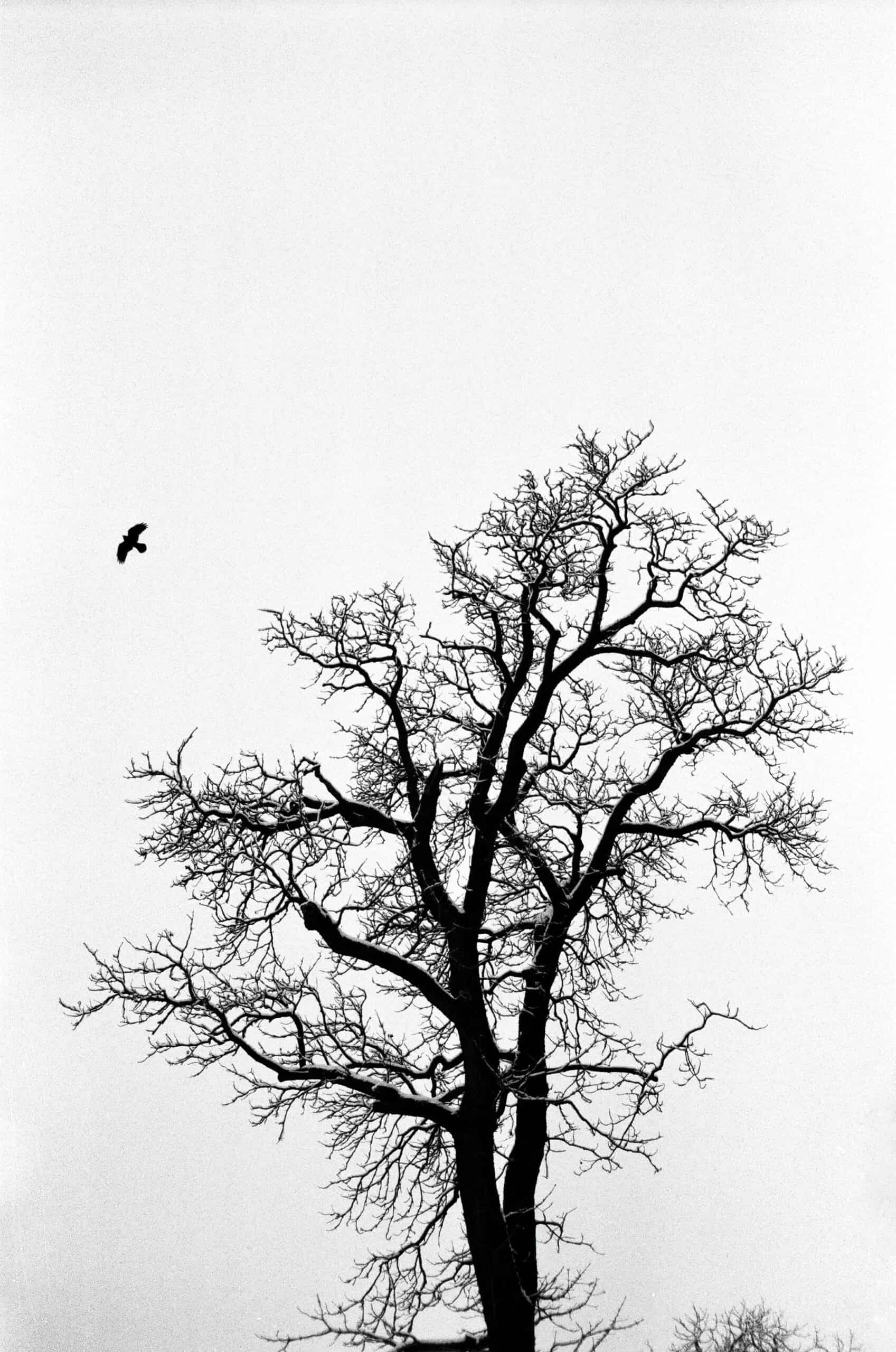
Evergreen Trees
Evergreen trees keep their leaves year-round, which makes it difficult to identify the ideal pruning time. The best time for pruning evergreen trees is when they stop growing – usually in late spring to early summer. Pruning the evergreen tree before their growth slows down helps them retain their shape.
Common evergreen trees that require pruning include pine, fir, spruce, and cypress. Light pruning is the key to maintaining evergreen trees. Remove any dead or damaged branches and trim the tree to keep it at the desired height and width.
Fruit Trees
Pruning fruit trees at the appropriate time is crucial for maintaining their health and fruit production. The ideal pruning time is when the tree is dormant during the winter months or early spring, just before bud break. Pruning fruit trees in the early spring before blooming can boost flower bud development, resulting in a more abundant fruit harvest.
Common fruit trees that require pruning include apple, cherry, pear, and peach. Pruning fresh wounds before the cold weather sets in is essential as it decreases the spread of disease. When pruning fruit trees, corrective pruning and shaping should be done during the formative years, but once the tree is mature, light pruning should be done annually.
Conclusion

Pruning trees is an essential part of maintaining their health and appearance. Knowing when to prune is crucial to ensure that your trees thrive and stay healthy. By understanding the different factors that affect tree growth and development, you can determine the best time to prune your trees. Whether it’s during the dormant season or when the tree is actively growing, proper pruning will help your trees grow stronger and produce a bountiful harvest. Remember to always use the correct tools and techniques when pruning, and consult with a professional if you’re unsure about the best approach.
You May Also Like...
How to Use Stump Grindings as Mulch For Your Garden
Find My Local Expert How to Use Stump Grindings as...
Read More7 Signs Your Tree Needs To Be Cut Down
Find My Local Expert 7 Signs your tree needs to...
Read MoreNeed Help With Your Tree Pruning?
My Trusted Expert Guarantee
Experts Have Been Vetted & Approved
